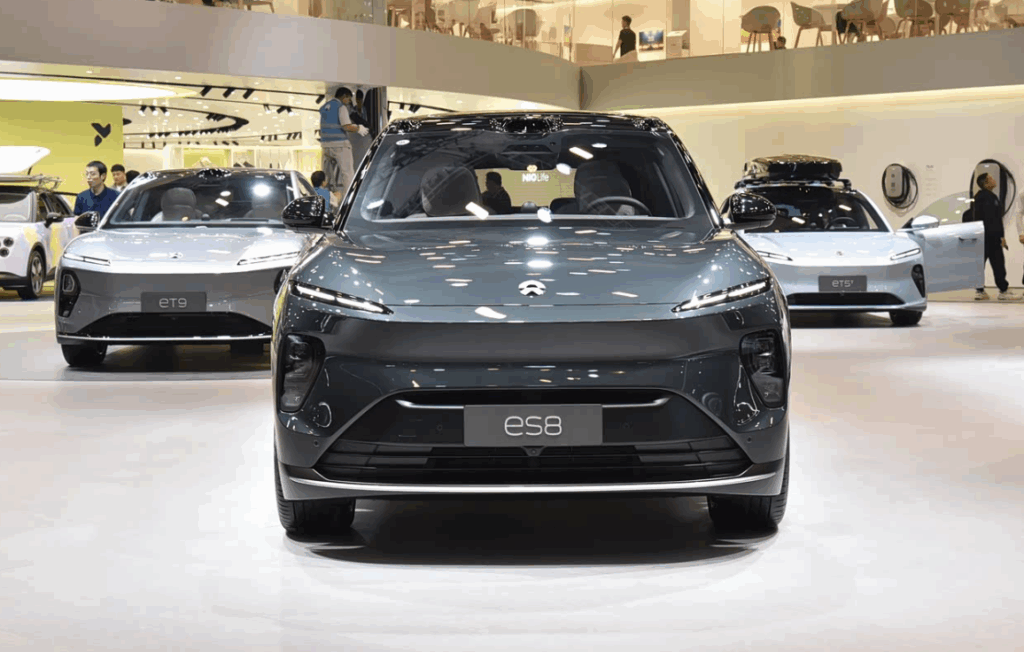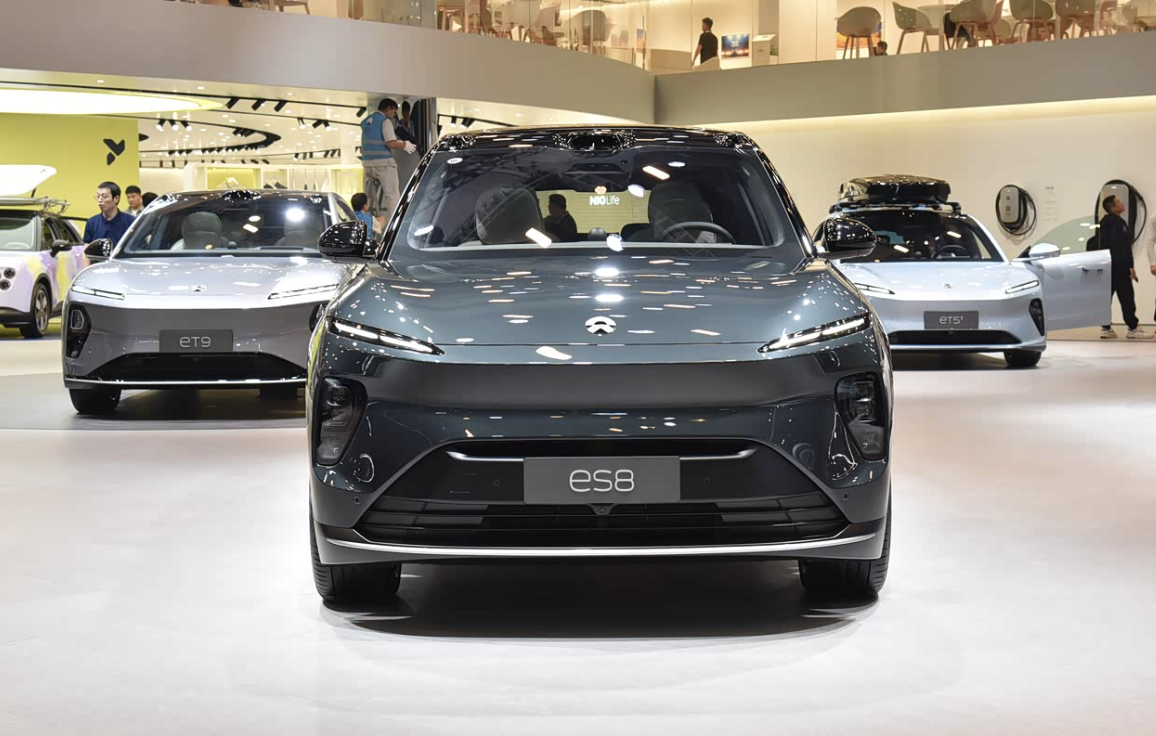Recently, NIO officially released the official images of the third-generation NIO ES8, while the new model has also completed its filing with the Ministry of Industry and Information Technology (MIIT). The third-generation ES8 is built on the NT3.0 platform, with exterior design adjustments and upgraded configurations compared to the current model. The new car is expected to be officially launched in the third quarter. For reference, the current ES8 has a starting price of CNY 498,000.

According to the filing images, the third-generation ES8 has been slightly refined based on the current model. The front adopts NIO’s latest family design language, with redesigned headlamps, newly designed daytime running lights, and is expected to feature ABD smart multi-beam headlights. The silver trim strip on the front bumper has been moved upward compared to the outgoing model, while the front hood layout has been adjusted and may adopt a frunk design similar to the Onvo L90. The new car will be equipped with the flagship AQUILA Super Sensing system, featuring a central “watchtower-style” ultra-long-range front lidar, wide-angle lidars on both sides, and a 4D imaging radar. The hardware matches that of the NIO ET9, and the car is also expected to carry NIO’s self-developed Shenji NX9031 assisted driving chip, along with the NIO World Model (NWM).
From the side, the third-generation ES8 adopts a two-tone body paint, with dual shoulder lines, a hidden water-cut line design, flush door handles, and a redesigned tail light strip with uniform width. In terms of dimensions, the ES8 now measures 5,280 mm in length, 2,010 mm in width, and 1,800 mm in height, with a wheelbase of 3,130 mm. It will offer both six-seat and seven-seat layouts. Compared with the outgoing model, the body length has increased by 181 mm, the width by 21 mm, the height by 50 mm, and the wheelbase by 60 mm, resulting in a significant improvement in cabin space.
Powertrain-wise, the third-generation ES8 will be equipped with a dual-motor all-wheel-drive system, featuring a 180 kW induction asynchronous motor on the front axle and a 340 kW permanent magnet synchronous motor on the rear axle, for a combined output of 520 kW. According to the company, the car will support a maximum voltage of 925 V, peak charging current of 765 A, and peak charging power up to 600 kW. It will support charging at up to 5C rates, capable of adding 250 km of range with just 5 minutes of charging.
The NIO ES8 was the brand’s first mass-production model and serves as its flagship SUV — currently the largest SUV in the lineup. It debuted on December 16, 2017, in Beijing as a high-performance, seven-seat, all-electric mid-to-large SUV, with a pre-subsidy price range of CNY 448,000 to CNY 548,000. At NIO Day 2022, the company unveiled the second-generation ES8, priced between CNY 528,000 and CNY 638,000. The 75 kWh version was priced at CNY 528,000 (or CNY 458,000 with the battery rental plan), while the 100 kWh version was priced at CNY 586,000 (or CNY 458,000 with battery rental). Despite its flagship positioning and high pricing, the ES8 has performed modestly in the market. Between January and May 2025, cumulative ES8 sales totaled just 2,270 units, averaging fewer than 500 units per month.
According to NIO’s official website, the company currently offers nine models: sedans ET7, ET5/ET5T, and ET9, and SUVs ES6, ES7, ES8, EC6, and EC7 — the broadest product lineup among Chinese EV startups. However, this wide product portfolio has not translated into strong sales. In the first five months of 2025, NIO delivered 94,800 new cars, representing a year-on-year increase of 41.2%. CEO William Li previously set a 2025 sales target of 440,000 units, based on 220,000 deliveries in 2024 — aiming to double sales year over year. Li also stated during the company’s earnings call that the goal is to achieve monthly sales of 50,000 units in Q4 2025, with both the NIO and Onvo (Le Dao) brands each contributing 25,000 units.



